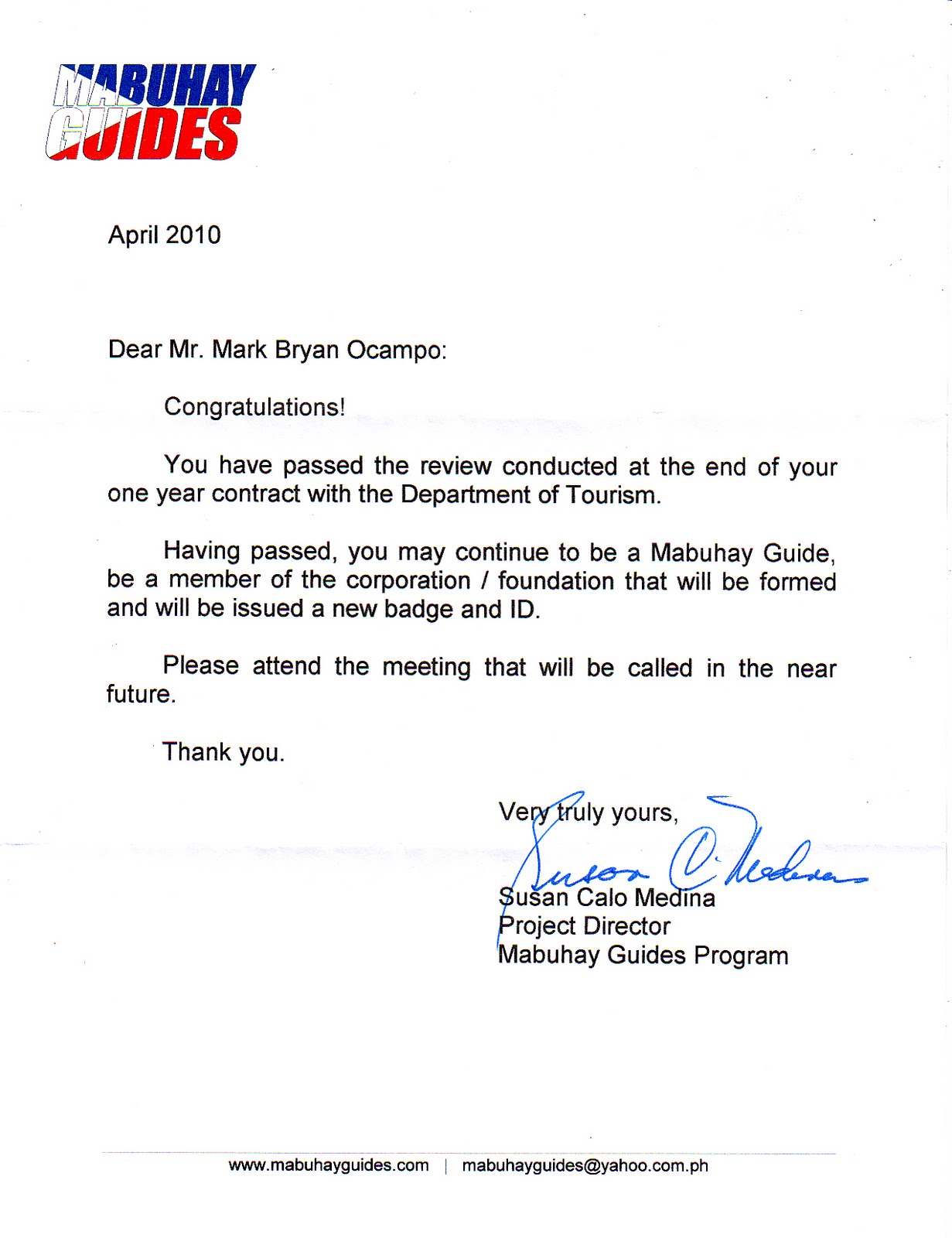Ever wondered how a seemingly simple letter can bridge cultures and convey deep meaning? In the Philippines, letter writing, or "pagsulat ng liham," is more than just stringing words together. It's an art form, a cultural practice steeped in tradition, reflecting values like respect and formality. This exploration delves into the core components of a Filipino letter, unraveling its structure and cultural significance.
Dissecting a Filipino letter reveals a unique anatomy, different from Western counterparts. From the "pamuhatan" (heading) to the "bating pangwakas" (closing), each element plays a crucial role in conveying the message and maintaining proper etiquette. Understanding these components is key to crafting a respectful and impactful letter.
The historical roots of Filipino letter writing can be traced back to pre-colonial times, evolving through Spanish and American influences. Baybayin, the ancient Filipino script, played a vital role in early communication. Later, the Spanish introduced formal letter writing conventions, which were further adapted during the American period. This blend of influences has shaped the distinct structure of Filipino letters today.
The significance of a properly structured Filipino letter extends beyond mere communication. It reflects the writer's respect for the recipient and adherence to cultural norms. A well-crafted letter demonstrates thoughtfulness and consideration, strengthening relationships and fostering understanding. Ignoring these traditional elements can be perceived as disrespectful or careless.
While email and instant messaging have gained popularity, the tradition of formal letter writing persists in the Philippines, especially in official correspondence, business dealings, and personal communications with elders. The structured format maintains a level of formality and respect that digital communication sometimes lacks.
Let's break down the core elements of a Filipino letter: the "pamuhatan" (heading) contains the sender's address and date; the "patunguhan" (inside address) includes the recipient's details; the "bating panimula" (salutation) is the formal greeting; the "katawan ng liham" (body) contains the message; and the "bating pangwakas" (closing) provides a respectful farewell. Finally, the "lagda" (signature) identifies the sender.
One benefit of understanding Filipino letter structure is improved communication. Clear and organized writing ensures the message is easily understood. Another benefit is enhanced cultural understanding. Using the correct format demonstrates respect for Filipino traditions. Lastly, it promotes professionalism. Properly structured letters create a positive impression in business and formal settings.
Imagine crafting a letter to your Lola (grandmother). You start with the "pamuhatan" with your address and the date. Then, you add the "patunguhan" with your Lola’s address. A respectful "bating panimula" like "Mahal kong Lola" follows. In the "katawan," you share your news and well wishes. You conclude with a warm "bating pangwakas," like "Nagmamahal," and your signature.
Advantages and Disadvantages of Traditional Filipino Letter Writing
| Advantages | Disadvantages |
|---|---|
| Shows respect and formality | Time-consuming compared to digital communication |
| Preserves cultural tradition | Requires physical materials (paper, pen, envelope) |
| Creates a lasting impression | Can be delayed in delivery |
Best Practices: 1. Use polite language. 2. Follow the traditional structure. 3. Handwrite for a personal touch. 4. Proofread carefully. 5. Use appropriate stationery.
Challenges can include unfamiliar vocabulary or formatting. Solutions include using online resources and seeking guidance from knowledgeable individuals.
FAQs: What is pamuhatan? What is the proper closing? How formal should the language be? And so on…
In conclusion, the art of Filipino letter writing is a powerful tool that goes beyond simple communication. It embodies cultural values, strengthens relationships, and fosters respect. By understanding and implementing the elements discussed, you can effectively navigate this tradition and connect with others on a deeper level. Embrace the richness of Filipino letter writing and experience the power of thoughtful communication. Keep these traditions alive by practicing and sharing them with future generations. The legacy of pagsulat ng liham deserves to be cherished and preserved.
Disrupting decor the rise of light grey behr paint
New female country music stars taking the stage by storm
Crafting the perfect message sweet paragraphs for your girlfriend
Authorization Letter Tagalog Example - Khao Tick On
Halimbawa ng tagalog application letter - Khao Tick On
Letter Of Complaint Sample Tagalog - Khao Tick On
ADDAC System ADDAC214 VC Rotator - Khao Tick On
parts of a letter in filipino - Khao Tick On
The Parts Of A Letter - Khao Tick On
parts of a letter in filipino - Khao Tick On
Filipino American Chelsea Manalo became the first Black woman to be - Khao Tick On
Utimus organization to expand nationally aiding newcomers in Canada - Khao Tick On
Parts Of A Letter Filipino - Khao Tick On
The 5 Parts of a Friendly Letter - Khao Tick On
Filipino Request Letter Sample Tagalog - Khao Tick On
Beautiful Work Application Letter Tagalog Example Medical Student Cv - Khao Tick On
parts of a letter in filipino - Khao Tick On
Character Reference Sheet Character Sheet Character Design Oc - Khao Tick On














